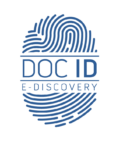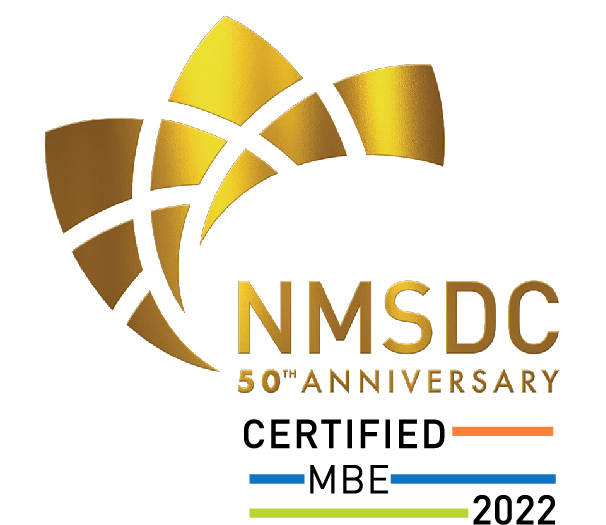Is your legal department using multiple e-discovery solutions or review tools? Or is it planning to add another tool to its tech stack? As a Legal Ops professional, you need to figure out whether you need an additional tool when the department has several or whether you want to take advantage of a different pricing structure according to a blog post by the Association of E-Discovery Specialists.
Consider what the new tool needs to accomplish and include all the stakeholders and future users in your decision-making process. What you are looking for could be a feature your current tools don’t have, a type of data those tools can’t handle, or analytics that don’t work for your normal data size. If your concern is the pricing structure, you may be concerned about the extreme variation in per-gigabyte fees and data size.
There are positives and negatives to your decision-making. The positive is that most e-discovery tools have a similar set of features even though they may be presented differently. Some tools have strengths in processing, others in analytics, and still others in litigation hold or trial presentation. Alternatively, you may need a backup tool for large, one-time projects. At any rate, you will need to research and arrange for demos of several different solutions.
The negative is that pricing for e-discovery is rarely predictable or transparent. Research is necessary here as well. You will need to investigate which vendors have flat rates or alternative pricing structures, or whether user fees are more cost-effective than gigabyte charges, depending on whether pricing is a major concern. If you have a large project but only need a few users for an extended review, you may want a vendor that charges higher user costs but lower gigabyte costs. If your project needs a lot of users for a short amount of time, you may want a vendor that charges a lot for gigabytes but offers unlimited or low-cost users.








Leave A Comment